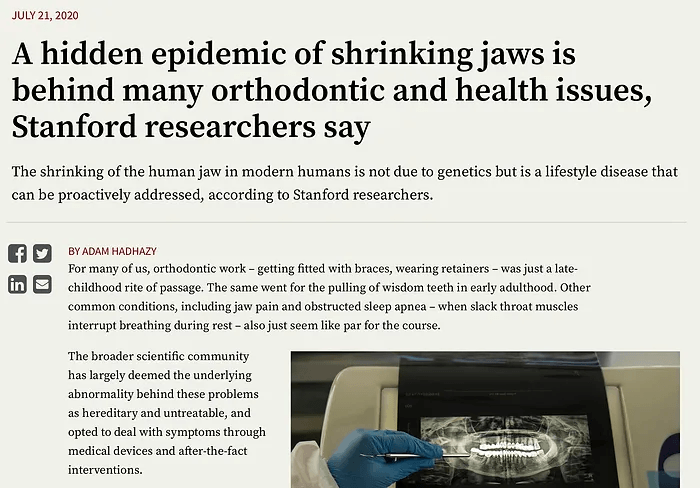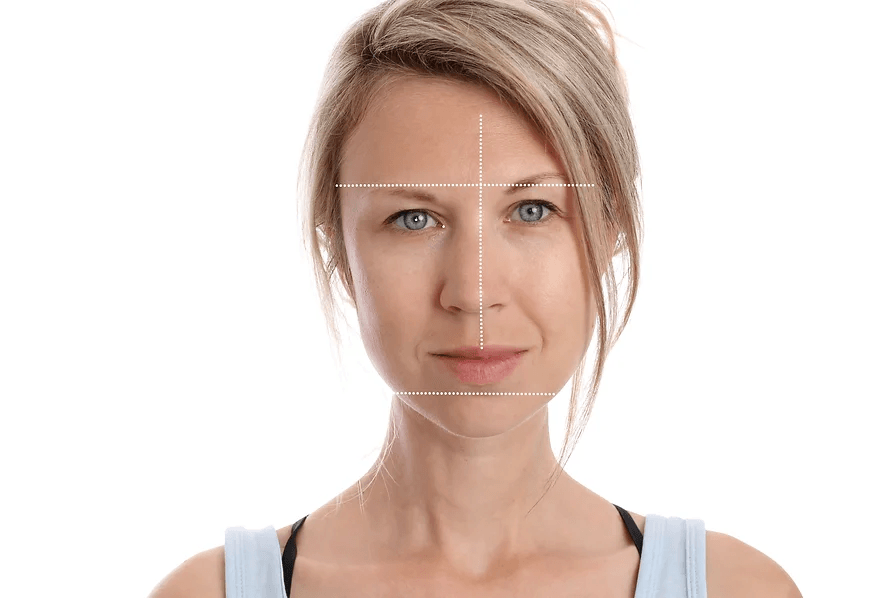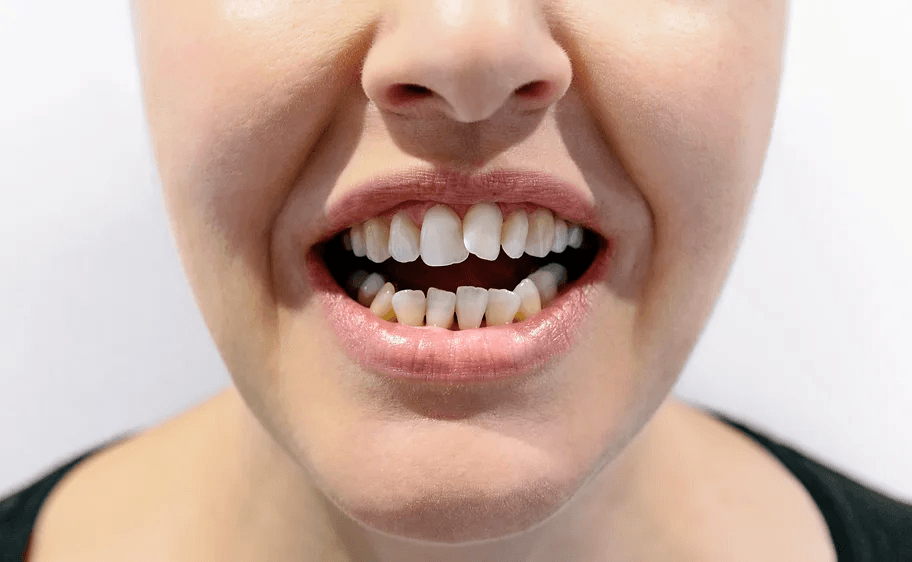
We just breathe don’t we? Does it matter how we breathe?
It is estimated that thirty-fifty per cent of adults are mouth breathers. Forty per cent of the UK population admit to being unhappy about the appearance of their teeth. Crooked and crowding of teeth are common in both adults and children. In addition, three out of four children have incorrectly developing jaws, with mouth breathing reported in ten-fifteen per cent of children.
About 10% of the population are said to hyperventilate, although many more suffer from a breathing pattern dysfunction.

f we are unable to breathe easily through our nose, our instinct is to preserve life, so we modify our body position and muscle function to breathe more easily.
Nasal Breathing: Helps warm and humidify the air; the hairs inside the nose filter out dust and other allergens. Nose breathing reduces the risk of coughing and reduces exposure to foreign substances. As a result, the lungs can function better. In addition, the nitric oxide produced during nasal breathing helps to widen blood vessels, improving oxygen circulation in the body. Nasal breathing improves your lung volume and helps you work your diaphragm correctly. Nasal breathing aids in the proper development of the upper airway and supports your jaw and, therefore, your teeth.

Mouth Breathing: Our Mouth allows us to eat, drink, and talk. We can also breathe through the mouth. Mouth breathing as your regular pattern does have a downside, the mouth dries out, and you change the natural bacteria. Mouth breathing increases your risk of developing gum problems and tooth decay. If you inhale unfiltered air, allergens are not filtered out, and you may have allergic reactions. Mouth breathing can cause snoring, jaw abnormalities and dental overcrowding.
The body is a complex system:
A change in head or neck position can have an immediate and negative impact on our breathing – the neck problem gets better; however, we forget where our head used to sit. We adapt to our environment and school desks and use our devices while slumped on the sofa. Over time it becomes easier to use this new position; it becomes our new normal. The position of the mandible will influence posture; a change in body position will influence the position of the mandible…

And what is the knock-on?
In a study in 2019, Troika of Posture, Occlusion and Airway states,
“For the spine to remain neutral core muscles play the role of stabiliser. Along with core muscles, articulation of the mandible with the maxilla and the relationship of mandibular teeth with maxillary teeth in three dimensions dictate posture. If the relationship is normal, the spine remains neutral.”
In the same study, it states, “Spine formation in a child is completed by five-six years. The growing spine (secondary curves) now requires stability. It is provided by the core muscles and the relationship of the mandible with the maxilla and the teeth size, angle and height of first molars in particular. At age six-seven years, the first molar appears to give stability to the cervical spine.”
Takeaways: You might be able to offer support to the spine by positioning the jaw. If you ease the head and neck position, it should support craniofacial growth and the jaw and teeth. Scoliosis is oftentimes seen in asymmetry in the face and, therefore, jaw. Chewing is good for us. Children need more than a mushy food diet. Collaboration – Dentist, Orthodontist, Structural Integration Practitioner, Breathing Practitioner, Massage therapist
Further reading –
Effects of mouth breathing on facial skeletal development in children: a systematic review and meta-analysis 2021
I am a structural integration practitioner working in the small Suffolk town of Clare.
